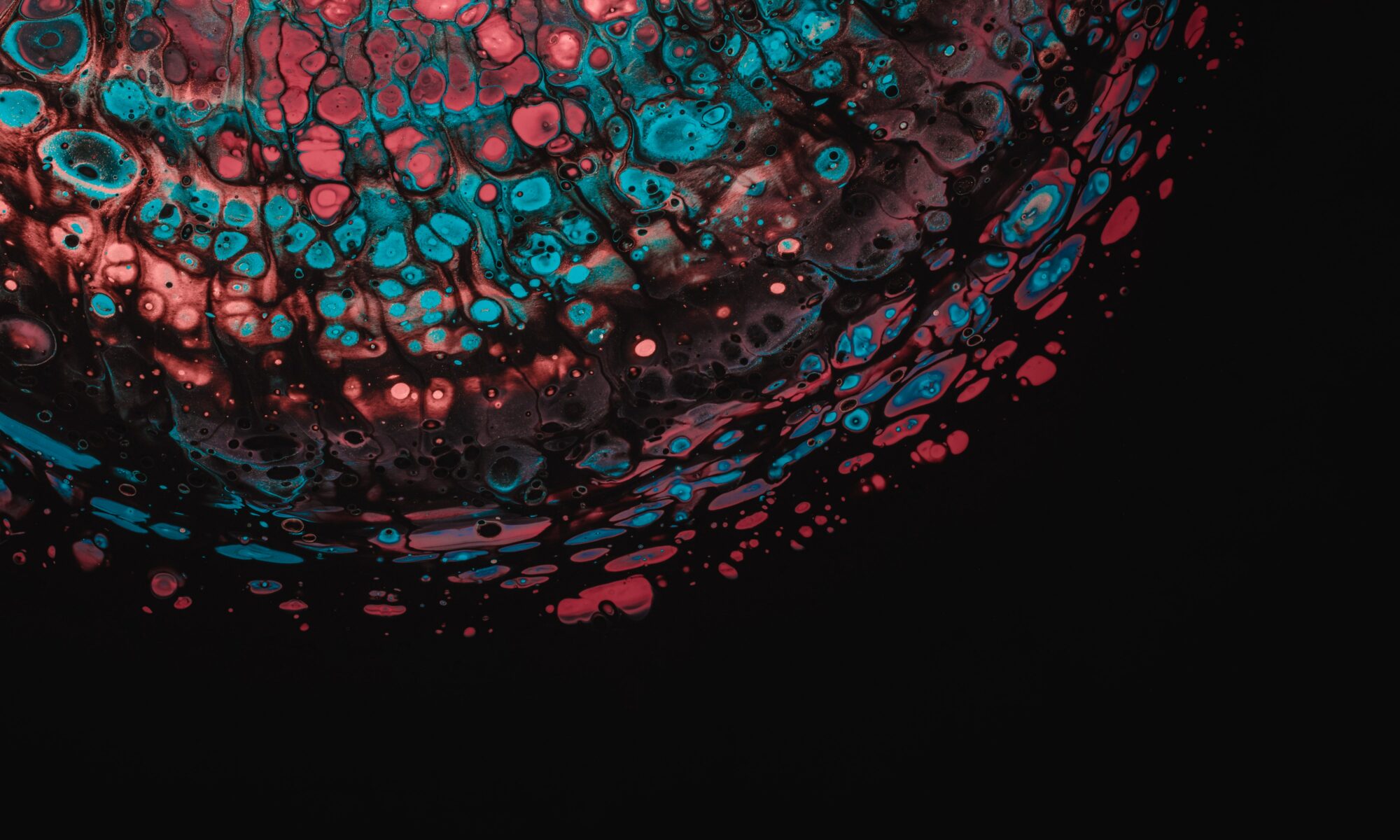Lately I’ve been reading Although Of Course You End Up Becoming Yourself, a book length transcript of a 4-day interview with David Foster Wallace. Wallace was considered by many to be the most brilliant writer of his generation. Sadly, in 2008 he succumbed to crippling depression and hung himself. In light of his suicide, the book bears a poignant sadness, as throughout the interview Wallace talks extensively about the weight of fame and the seduction of hype, and about his own struggles with depression. In reading Wallace’s account of writing and fame, I thought of Wright’s quote about art and wounds and resurrection.
Wallace knows wounds. For him the point of books, “was to combat loneliness,” and the best books create a “kind of stomach magic” because they “talk about the way the world feels on our nerve endings.” That tingle, that stomach magic, is exactly what I’m after as a reader, and what I long to do with words. But more than that, in reading this interview, I realized that as a reader I too often settle for books that are long on diagnosis and short on cure. A writer like Wallace is a perfect example of this tendency in me. He sees things more clearly and says things more brilliantly and with more humor than anybody I’ve read in a long time. He gets brokenness. He gets that the world often doesn’t make sense. He gets that somehow art is way to rail against all that. But even though he gets wounds, he doesn’t get hope.
I realized too that my problem with Christian art has been just the opposite because most Christian art is dishonest about the wounds of the world. Often there is a kind of willful ignorance about brokenness. If there are wounds, it seems, then they exist out there, in the undefined regions of the world. The world–John’s poignant word for all that is broken–has become a lazy catchall for all that we chose to ignore and refuse to engage with. Wounds are something out there, not something we harbor and nurses in ourselves. Christian art often hides its limp and hopes that its outstretched, pointed fingers at the world will draw the eye away from our own hobbles.
Though this is the opposite impulse, it actually ends the same. In a world without wounds, there is no need for hope and you end up with platitudes scrawled in golden, gaudy fonts on landscape portraits of pastel, gazeboed gardens in neighborhoods where no burglars lurk and no drugs are dealt and no families disintegrate. Art that only sees wounds can’t see hope, and art that denies the wounds has no need for it.
In all of this I realized, if I want to write, or if I want to make anything that might truly be called art then I must not simply be acquainted with the wounds of the world–I must became a cartographer of my own wounds. I must map their terrain and navigate their crevices to trace their fissures and fault lines. The gangrenous stench of their festering must sting my nostrils. I must learn the cadence of my own limping. But I must also hear the voice that echoes off the walls of the empty tomb–He is not here. He is risen. It is only in Christ where both the sorrow and the joy of the world perfectly meet. It is the wounded one who purchases for us a woundless world where all the sad things become untrue.

When did you read “Surprised by Hope”? That same quote leapt out at me. He ranks beauty and art on the same playing field for Christians as spirituality and justice which kind of blew my mind.
Ours is a ministry of reconciliation; reconciling a broken wounded world with the promise of a new redeemed creation that will not pass away.
I have yet to read Surprised by Hope, and actually stole the quote from your tumblr post. It’s stacked in my to read pile though, and I might move it to the top. You should really check out the Wallace interview book. It’s a very quick read and offers a lot of insight into a brilliant mind.
“Christian art often hides its limp and hopes that its outstretched, pointed fingers at the world will draw the eye away from our own hobbles.”
That was my favorite quote from this post. This is a very frustrating thing about Christian culture and causes the church to be very unattractive to people outside.
I wonder how you go about recognizing your own limping?